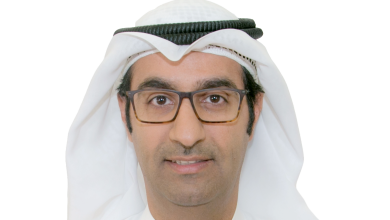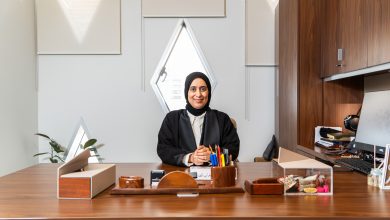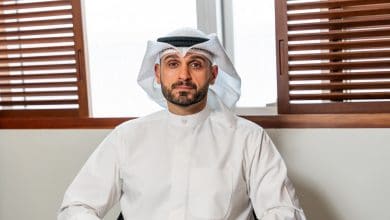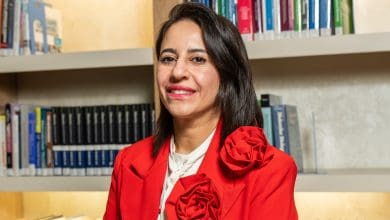آفاقٌ جديدة في أبحاث أجهزة القلب
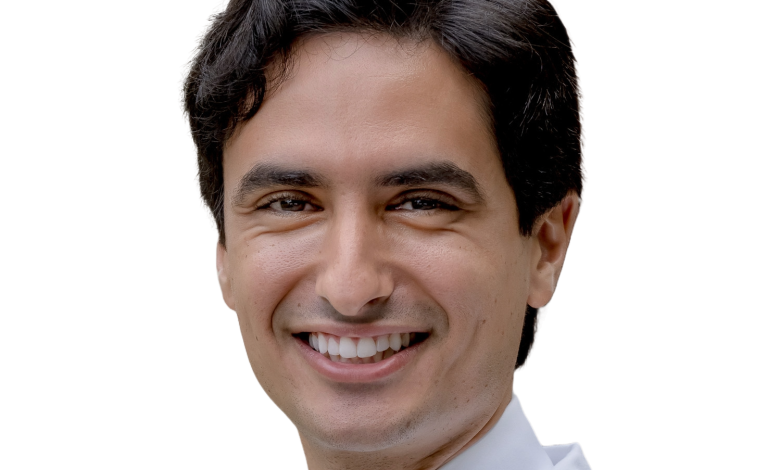
The best way to establish if a new medical treatment works is a randomized controlled trial. RTCs in which some trial participants receive the active treatment and a control group gets an ineffective placebo for comparison, are considered the gold standard of medical research. But it’s not always possible to do them, particularly in life-and-death situations. “This is especially true in my field, cardiology,” said Zaid Almarzooq, a Cardiologist and clinical researcher specializing in angioplasty and structural disease at Brigham and Women's Hospital in Boston, Massachusetts, and a 2023 Jaber Al-Ahmad Prize winner.
Imagine a patient is brought into the hospital with cardiogenic shock, a life-threatening condition in which the heart can’t push enough blood into the body, often after it has suffered a severe heart attack. “Cardiogenic shock patients have a survival rate of less than 50%,” said Almarzooq. If there’s a new treatment that can potentially save these patients, it would be unethical to do a study in which half are assigned to an ineffectual sham therapy.
In scenarios like this physicians often fall back on observational studies. That is: Doctors use an innovative treatment as they see fit and researchers try to gauge how well it works by looking at the data from thousands, or more, such cases. However observational studies have their own problems. “There's been a lot of criticism that their results are not that reliable,” said Almarzooq. The young cardiologist and public health expert who trained at the Royal College of Surgeons in Ireland and Harvard University in Boston, Massachusetts, and did fellowships at Harvard Medical School and the Smith Center for Outcomes Research in Cardiology in Boston, decided to do something about it. He joined what has been called the “credibility revolution” for observational studies: Almarzooq is developing ways to improve observational studies, whose results can decide the life and death of future patients.
The classic examples of observational studies are those in which researchers analyze lifestyle factors of tens or even hundreds of thousands of people, looking for patterns that tell them which elements improve – or endanger – health. But such studies also illustrate the problem: Whatever statistical correlations they find can only show that certain aspects tend to occur together – but they don’t prove that one causes the other.
In the 1980s and 1990s, for example, several observational studies showed that women who took hormones after menopause suffered from fewer cardiovascular diseases than those who didn’t. Many researchers concluded from this that these hormones lowered the heart risk and physicians started prescribing the pills to older women. It was only later that additional studies revealed that the women who had gotten hormone replacement therapy in the initial observation group happened to be above-average healthy – they exercised more, for example. This had skewed the results. Later randomized controlled trials even indicated that giving certain combinations of hormones to older women can, in fact, increase their cardiovascular risk. This meant that women who had taken hormones on the advice of their doctors might have been exposed to unnecessary risks.
To avoid such misinterpretations, Almarzooq and others in the field use “causal inference methodology.” Originally developed in economics, the method boils down to clever thinking. “At the baseline, you're trying to find natural experiments in the real world,” said Almarzooq. In other words: Situations, in which the circumstances create something like a control group.
He focuses on novel cardiac devices. “I study how they fare once they get approved. Are they safe? Are they effective? Are they safe and effective in everybody or in specific populations?” Recently, for example, Almarzooq led a study about a new heart pump called Impella. The device was designed to help patients with heart failure pump oxygen-rich blood through the body. After doctors started using Impella, observational studies linked the device to high rates of deaths and complications. But those studies had a flaw, said Almarzooq. “They missed a major bias, which was that only very sick patients were getting this pump. Less sick patients often didn’t.” In other words: Doctors tended to use the new pump as a measure of last hope. It was only to be expected, then, that more of these patients would die.
Almarzooq and his collaborators decided to look at the data differently. There were hospitals, they saw, that used many more of the new pump overall than other hospitals. That means “if a patient shows up at a high-usage hospital, you can assume that there's a high chance that they're getting the pump,” compared to patients that end up in low-usage institutions, said Almarzooq. It created a natural control group. “If you pool all the hospitals at a population level, you get very, very close results to a randomized trial,” said Almarzooq. Through this and other methods, Almarzooq and his collaborators showed that there was, in fact, no clear evidence that the Impella pump caused high rates of death and complications. “Had we not done the study, the U.S. Food and Drug Administration would have been obliged to take the device – which could potentially save many lives – off the market, leaving few alternatives,” said Almarzooq. By now, there are studies that prove that Impella does indeed save lives, contrary to what the first observational studies seemed to indicate.
Since heart disease is the leading cause of death worldwide, methods that make observational studies about new heart devices more reliable are essential. And the causal inference methodology was particularly suited for developing countries “that don't have the research infrastructure to perform randomized control trials,” said Almarzooq. “You can use these methods and existing observational databases to study health policy and clinical questions and come up with very accurate conclusions.” For Almarzooq, who hopes to return to Kuwait someday, this adds a personal impetus to his work. “I want to thank KFAs for their support,” he said. “It's important to have institutions like KFAS that not only foster research but also investigators. I look forward to continuing to work with them and push the field forward.”

